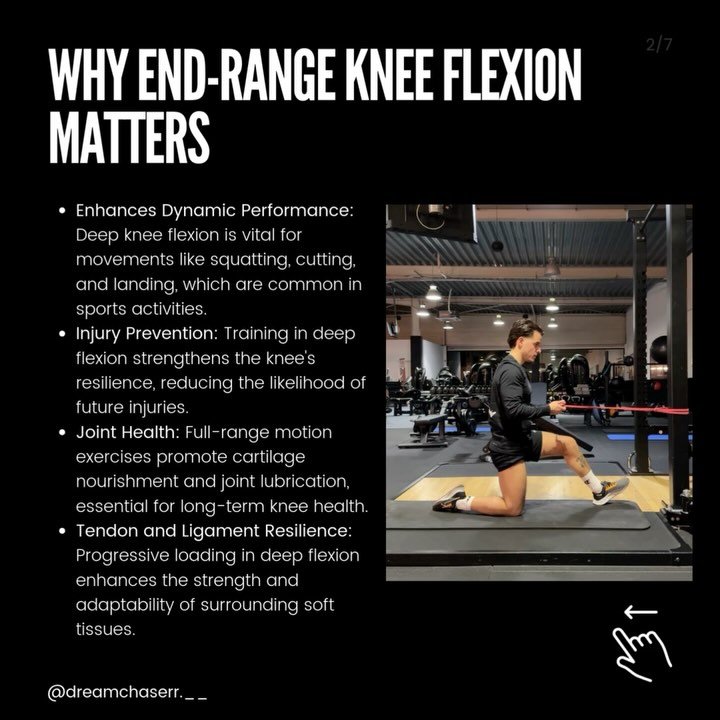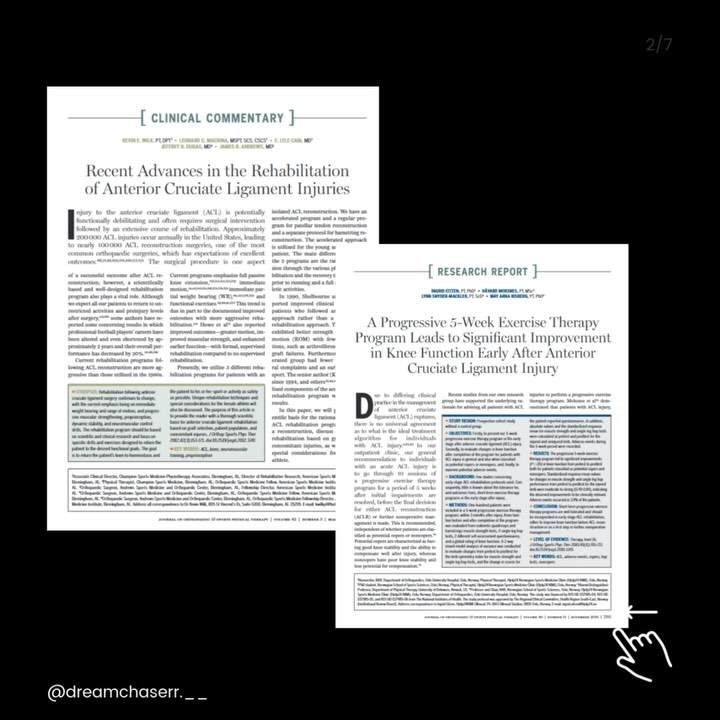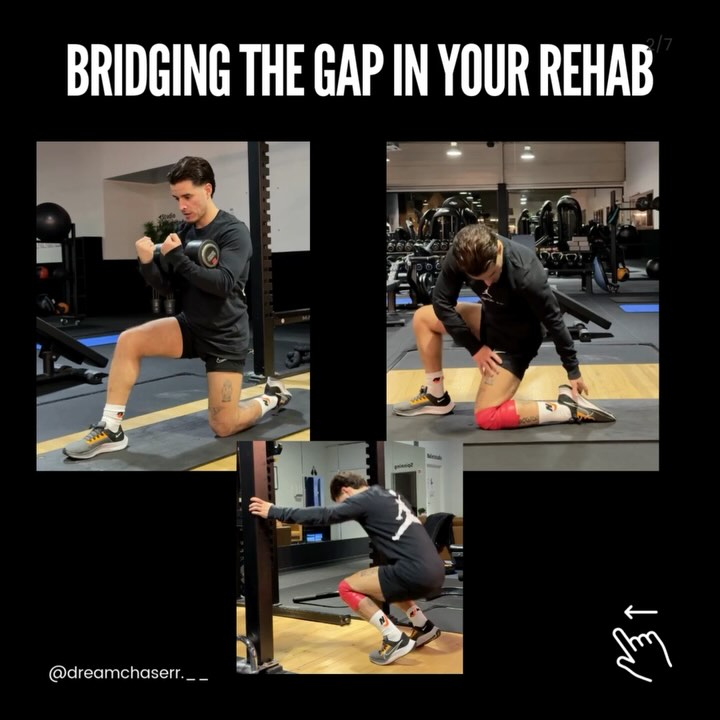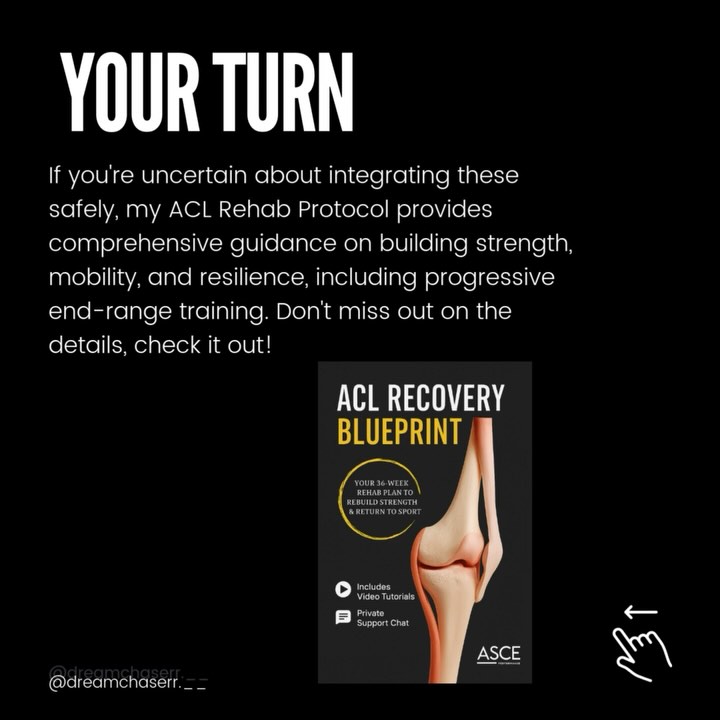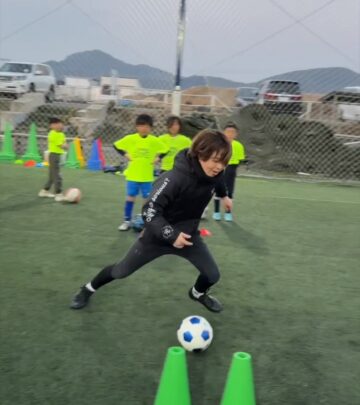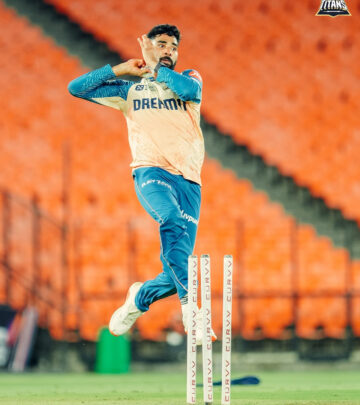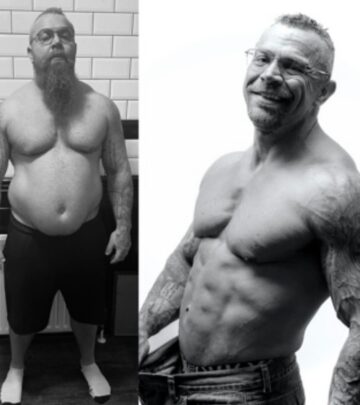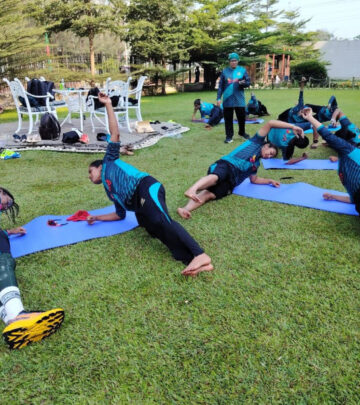Deep Knee Flexion: The Missing Link In ACL Rehab
Discover ACL Rehab’s Overlooked Secret: Deep Knee Flexion For Recovery, Resilience, Power!
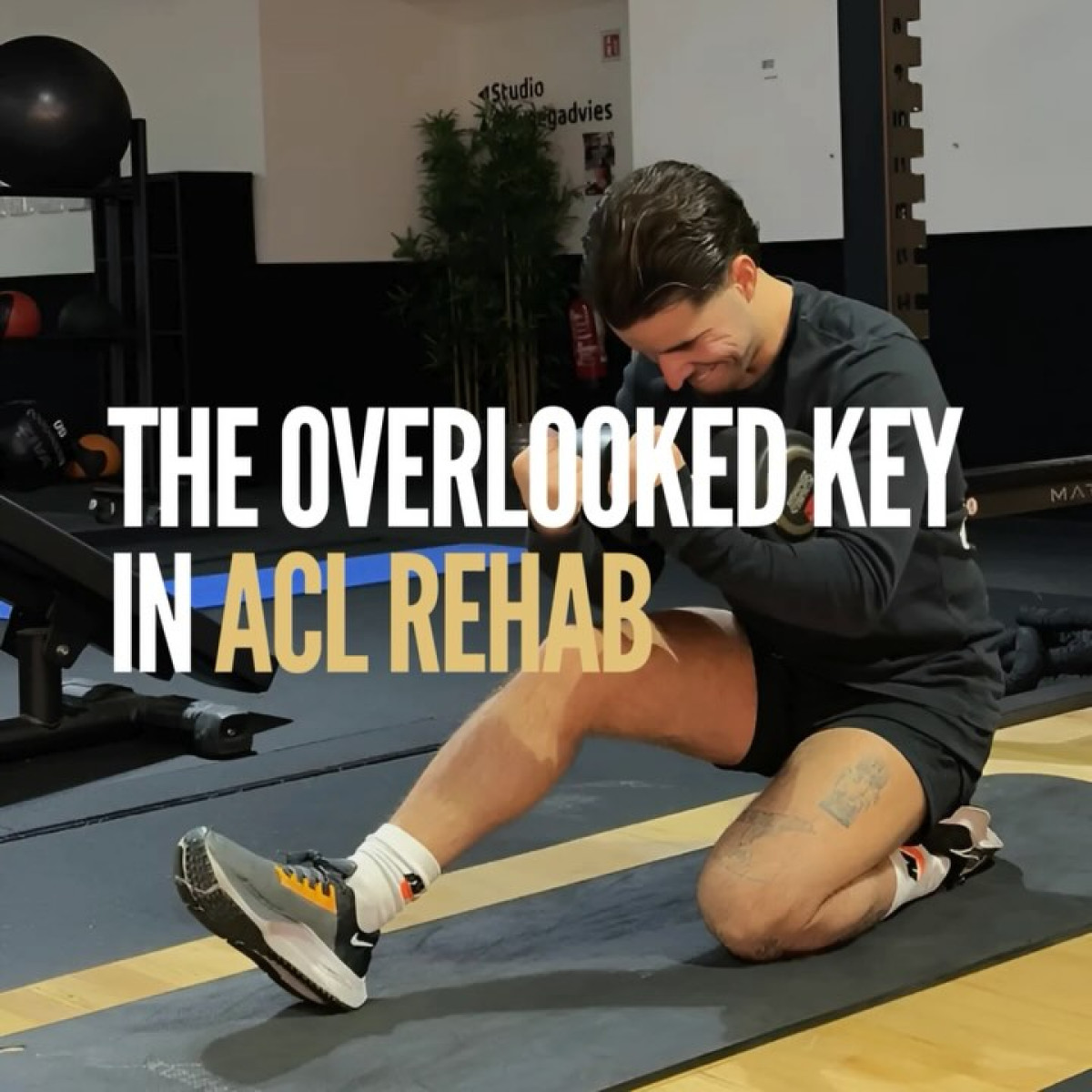
Image: Instagram
Alan Salgado Espino, known on Instagram as @dreamchaserr.__, is raising an important conversation in the world of ACL rehabilitation. His recent post highlights a critical yet often neglected aspect of recovery programs: deep knee flexion exercises that enhance load tolerance at the end range. This approach is designed not only to optimize dynamic athletic performance but also to build joint resilience and reduce the risk of reinjury.
Why Deep Knee Flexion Matters
Every athlete and recovery specialist understands that general strength and basic mobility are crucial components of ACL rehabs. However, according to Salgado Espino’s insights, focusing solely on these elements might leave a significant gap in a patient’s recovery—specifically, the failure to train load tolerance when the knee is maximally bent. Deep knee flexion exercises, such as split squats and heels-elevated deep goblet squats, target this overlooked range. Salgado Espino explains that these movements:
• Boost dynamic athletic performance
• Build joint and tissue resilience
• Support long-term knee health
• Help prevent reinjury
By emphasizing the need for targeted training in deep flexion, he is urging athletes and fitness enthusiasts alike to reexamine their rehab protocols. Neglecting this range of motion can expose patients to a higher chance of reinjury during high-demand activities, leaving them less prepared when they need their knee to perform at its best.
The significance of load tolerance is echoed in related social media posts by healthcare professionals and strength coaches. One influential post notes that while conventional rehabilitation often focuses on quadriceps strength and range of motion, the lack of emphasis on full stretch load management can contribute to abnormal gait mechanics and reduced performance. These discussions reinforce Salgado Espino’s perspective and have sparked broader conversations about how every phase of ACL rehab must be thoroughly addressed if an athlete’s return to full performance is to be truly safe and sustainable.
How To Close The Gap
To address this critical missing piece, Salgado Espino recommends a program that integrates progressive exercises specifically aimed at training deep knee flexion. His guidelines advise not to rush the process: progress should be measured and guided by a rehabilitation specialist to ensure patients are ready for the increased load and complexity of these movements. The prescribed regimen includes exercises like isometric holds at full bend which help condition the joint gradually.
Integrating these exercises has additional benefits—they fine-tune neuromuscular control and boost overall confidence in movement. One accompanying Instagram image shows an athlete performing a deep squat with the correct posture, emphasizing that proper technique is essential for reaping the full benefits of the exercise. The careful portrayal of these movements underscores the need for informed, evidence-based practice in ACL rehabilitation.
Many athletes have also reported their real-world experiences with these specialized exercises. Related posts from other influencers and physical therapists confirm that adhering to a program that encompasses full range load tolerance can prevent setbacks in recovery. One such post documented how neglecting deep flexion training led to lingering deficits in landing control and overall knee stability—a cautionary tale for those who might consider skipping this aspect of their rehab routines.
Salgado Espino’s call to action is clear: evaluate your current rehabilitation strategy to ensure that deep knee flexion is not overlooked. His protocol, which meticulously guides recovery from the initial post-surgery phase through advanced strengthening workouts, offers a structured approach to achieving lasting outcomes. In an era where only a fraction of patients complete their full rehab—some statistics even claim that less than 5% of ACL patients follow comprehensive evidence-based protocols—his insights are particularly timely.
The emphasis on deep knee flexion is not just an add-on; it is a foundational component. Without full training at the end of the knee’s range, patients face a higher chance of experiencing abnormal movement patterns, increased risk of re-tear, and long-term dysfunction. Whether you are a professional athlete or someone eager to return to daily sports activities, integrating these exercises into your routine is paramount.
Ultimately, Salgado Espino’s message is one of empowerment and education. By sharing his knowledge and encouraging athletes to incorporate progressive deep flexion exercises into their ACL rehab programs, he is challenging traditional methods and advocating for smarter training strategies. This approach is about more than just recovering from surgery—it’s about building a resilient and high-performing body for the challenges ahead.
For anyone on an ACL recovery journey, taking the time to master deep knee flexion could be the difference between a cautious return and a full resurgence into competitive performance. The conversation around rehab education continues to evolve, and athletes are now better equipped with actionable insights to fight reinjury and reclaim their passion for the sport.
Read full bio of Nisha Bharatan



